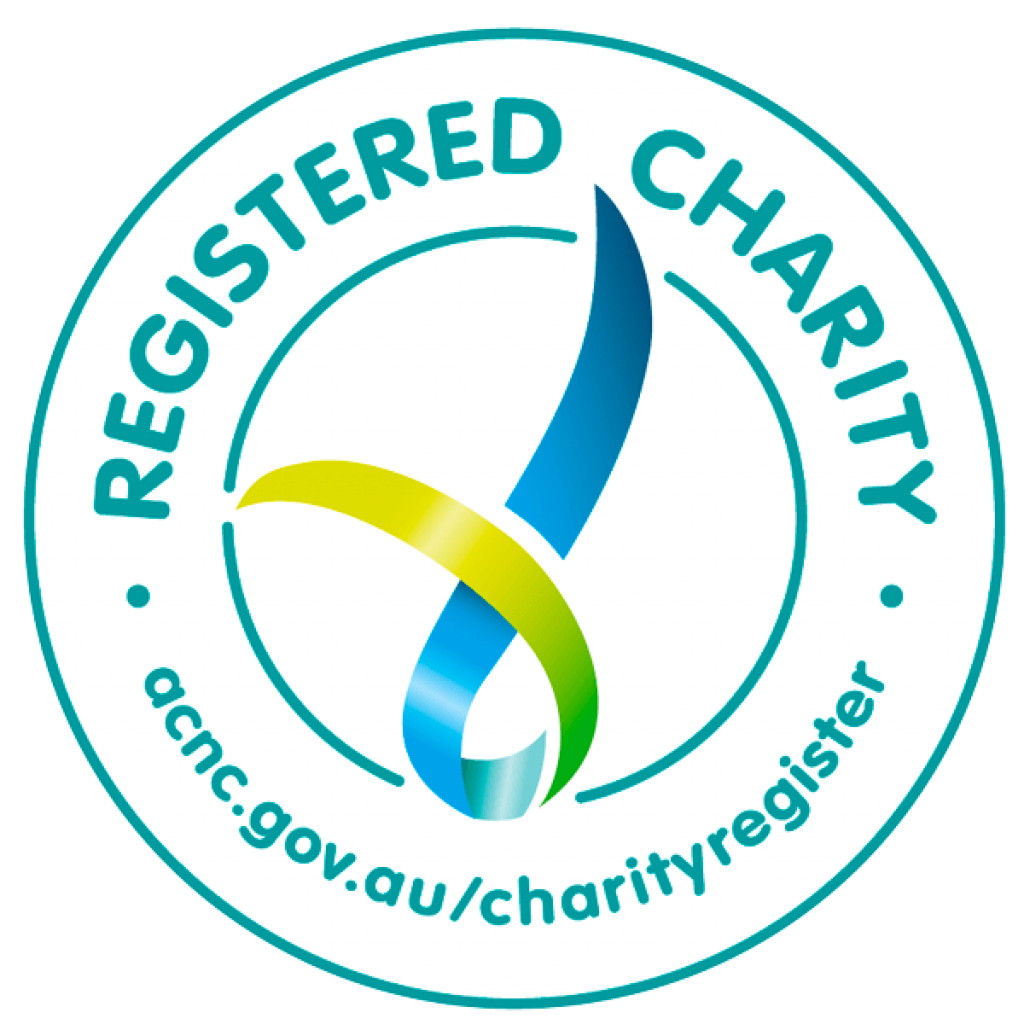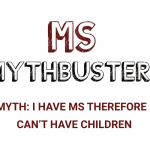- The results of an observational study of 35 people with relapsing-remitting and secondary progressive MS who received the treatment in Sydney have just been released.
- Autologous haematopoietic stem cell therapy (AHSCT) uses a combination of chemotherapy and reinfusion of blood stem cells to rebuild and reset the immune system.
- In this study, 60% showed no evidence of disease activity for three years after the treatment and 13 participants showed improvements in their disability scores. 8 people had continued disability progression during the follow-up period.
- Immune cell analysis showed that after one year, attacking immune cells were still wiped out by AHSCT but cells that regulate the immune system were restored.
A Sydney team have published results from their study of Autologous Haematopoietic Stem Cell Therapy (AHSCT) in people with relapsing-remitting and secondary progressive MS.
AHSCT has been under investigation, worldwide and in Australia, as a treatment option for MS using different protocols and in different types of MS. Good results have been seen for many people with relapsing MS however, it is also a treatment with high risks and international clinical trials and studies have shown that it is not effective or suitable for everyone with MS.
AHSCT aims to reset the immune system using chemotherapy to wipe out most or all the immune cells and then the individual’s own blood stem cells are reinfused to rebuild the immune system. The hope is that the treatment puts MS into remission.
Researchers and clinicians at St Vincent’s Hospital in Sydney have been conducting a study of the treatment since 2010. Their results have been published in the Journal of Neurology, Neurosurgery and Psychiatry. The study included 20 people with relapsing-remitting MS and 15 people with secondary progressive MS, who have now been followed for an average of 3 years following the treatment.
This study used the “BEAM” chemotherapy protocol, which completely removes the immune system and is the one most commonly used in people with MS around the world, but with limited published clinical trial results.
Participants in this study had levels of disability that ranged from low to moderately severe (disability scores between 2 and 7 as measured by the expanded disability status score (EDSS)) and had failed to respond to at least two previous therapies for MS, including two thirds who had failed on natalizumab, a high potency MS medication.
The researchers tracked evidence of disease activity via relapses, brain lesions on magnetic resonance imaging (MRI) and disability progression. In this group of people with MS, 60% showed no evidence of disease activity for up to three years after the treatment. In the people with relapsing-remitting MS, the result was higher, with 70% showing no disease activity. 73% of participants had no disability progression during the follow-up period. In fact, 13 participants had improvements in their EDSS disability score of an average of 1.4 points – all but one of these had relapsing-remitting MS. However, eight participants had their disease continue to progress during the follow-up period, two with relapsing-remitting MS and six with secondary progressive MS.
83% of participants had no new or enlarging lesions at their last MRI scan and 96% showed no active lesions. Participants experienced the expected side effects of high dose chemotherapy, including ulcers in the digestive tract, nausea and hair loss. One third required red blood cell transfusions and a half required platelet transfusions during their hospital stay. No-one died as a result of the treatment in this study which is in keeping with recent international AHSCT outcomes for people with MS receiving medium intensity chemotherapy where the treatment is provided at an experienced hospital centre.
An important part of this study was the work conducted by MS Research Australia-funded PhD Student and clinician, Dr Jennifer Massey, who looked at the profile of immune cells in patients following the treatment. This work showed that the attacking types of T immune cell were still wiped out and that there was a sustained rise in other immune cells that work to calm and regulate the immune system. By comparison, these changes were not seen in patients who received the same AHSCT for lymphoma. This suggests that in people with MS, AHSCT may work by turning off the attacks as well as restoring the immune system’s ability to regulate itself. These results may help us work out how to better treat MS without needing to use intensive chemotherapy treatments.
This study shows that AHSCT can provide good outcomes for people with relapsing MS who do not respond to other types of MS treatments. The results are similar to those seen in other international studies and confirm that people with relapsing-remitting MS respond better to AHSCT than those with secondary progressive MS.
Each person’s situation is unique and decisions about any MS treatments, taking into consideration the potential benefits, risks and side effects, should be made in careful consultation with your medical team. A small number of Australian hospitals are currently providing this treatment for people with MS, but can only do so for patients who have failed to respond to other MS therapies and with a referral from a neurologist.
Relevant Links
MS Research Australia has prepared comprehensive information for people with MS who may wish to learn more about AHSCT at https://msra.org.au/ahsct/
In the below video Associate Professor John Moore, Haemotologist, St Vincents Hospital, Sydney explains what the AHSCT treatment protocol involves?




